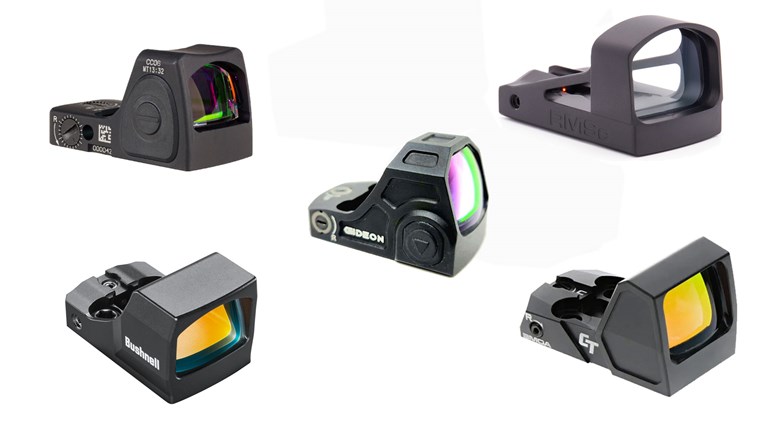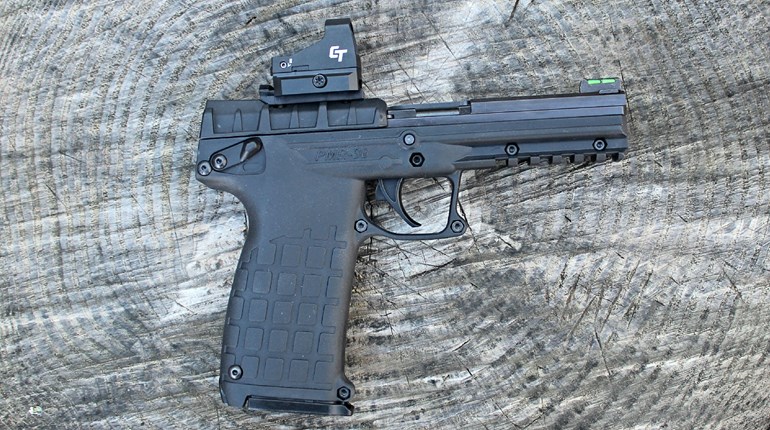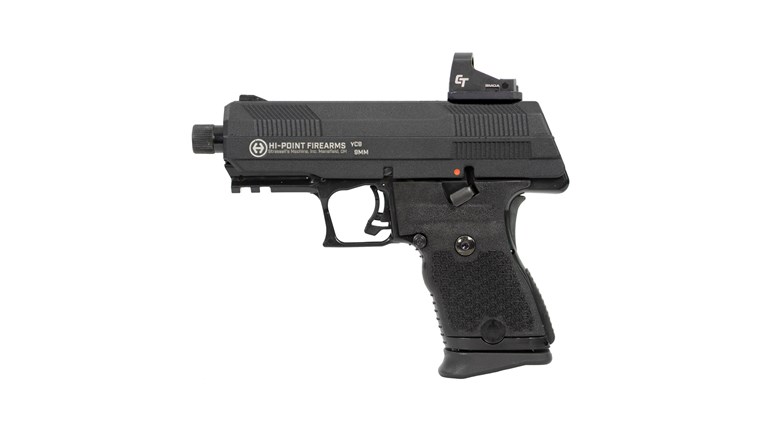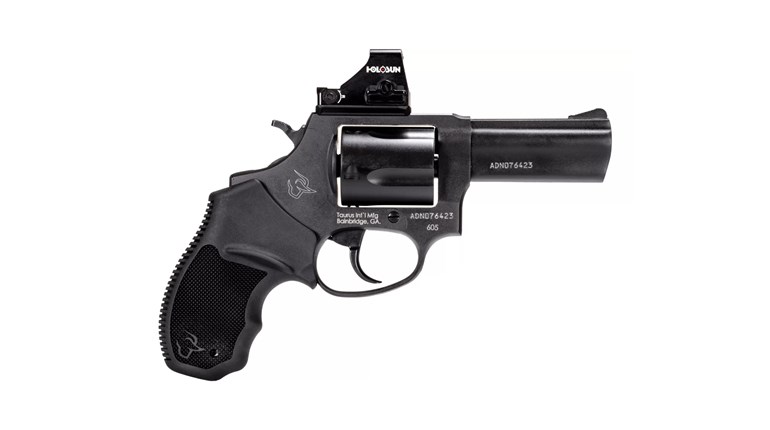
Last time around, we answered some questions. In retrospect, it may have been a mistake: The floodgates on the “incoming” side aren’t open exactly, but decidedly bulging. As before, we’re gratified with the quality of the queries. Clearly, homework has been done, and we’re inclined to add a helpful—we hope—two cents here and there.
Question: A point you made in Part 3 is bugging me: The clothes I wear when I’m knocking around the house aren’t up to the weight of my EDC (every day carry) pistol, just as you predicted. It isn’t too bad in regular trousers or jeans with a belt, but without a belt, forget it. Caching is out for me (too many inquisitive teenage guests in my home these days). I’m not excited about going down in caliber or size to get to a manageable weight. Anything up your sleeve to solve this?
Answer: This is framed well in the context of home carry, but is essentially a special case of the most contentious thing, period, in all carry—weight vs. overall effectiveness. There is a reasoned home version of the answer, but setting the stage a little helps make the “what” and “why” clear.
We’ve been misunderstood in the past when we’ve recommended smaller, lighter firearms for defensive duty. To say this makes us cranky is accurate, mainly because critics generally launch into arguments we’ve either accepted or excepted, and the bulk of the discussion predictably degrades into mere preference.
Ergo, we repeat: Always carry the largest handgun, within reason, that you can. The closer this is to standard “duty” size and caliber, the better. The underlying reasons are simple—such form factors bring reliability, accuracy and all-around “shootability” that both larger and smaller firearms cannot match. The upper end of the continuum is likely the 1911, though it’s a belt-full at 40-plus ounces. The lower end is the Glock 19 (or similar from your favorite manufacturer). At roughly 30 ounces and 15+1 rounds, it’s the biggest gun that carries like a little gun, and the littlest gun that shoots like a big one.
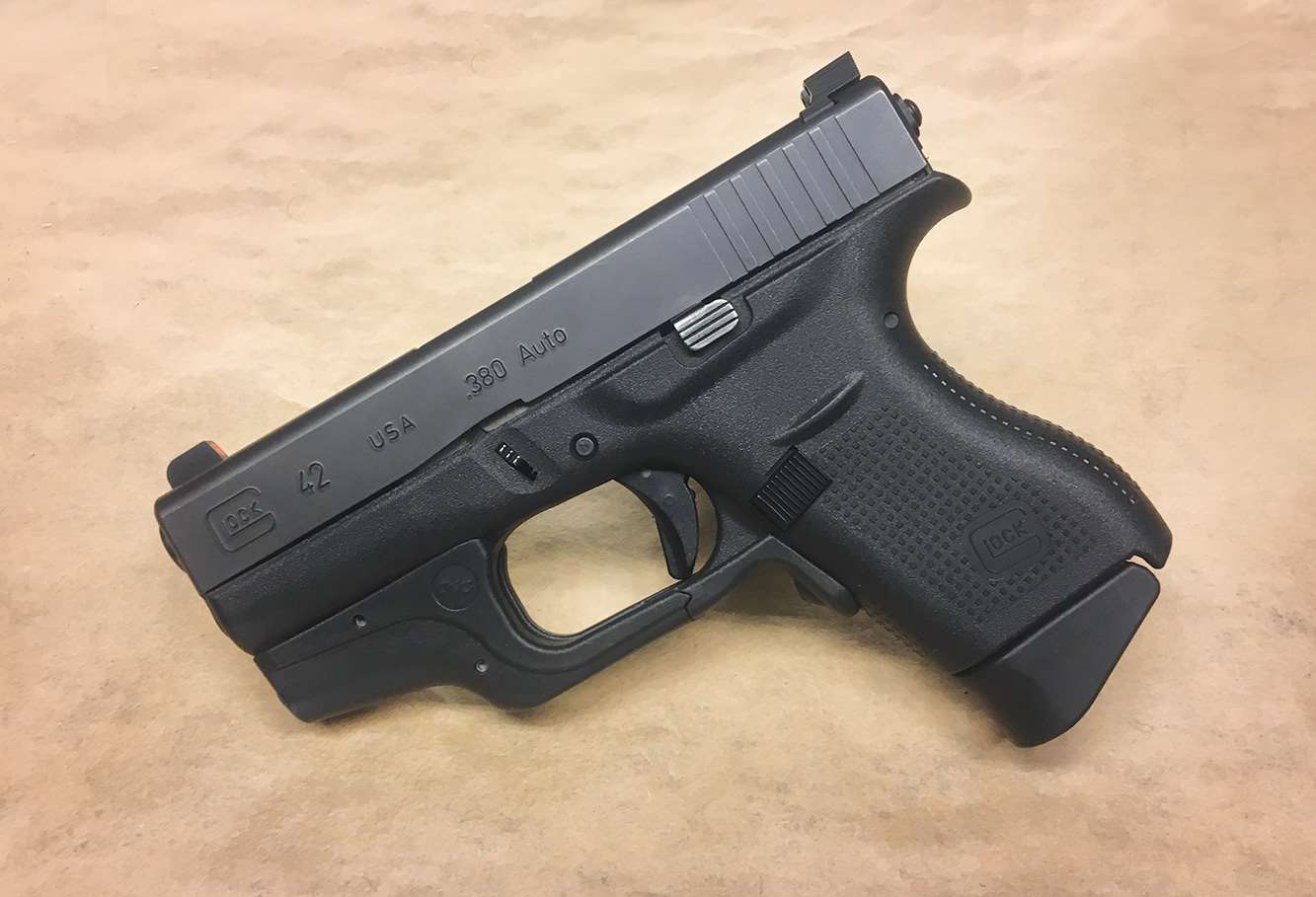
That last is the real point: Carry at home what engenders the fewest compromises in sound pistolcraft for you, no matter the scale.
As to specifics, these vary. We’d recommend 25-ounces or less (and 20 is better) loaded weight, with high visibility day and low-light sights, and a holster or other carry system that doesn’t depend on a stalwart belt or cantaloupe-sized pockets. We commiserate if those parameters cost you a couple of possibilities that were high on your list—same for us. The upside is that a surprising number of very good pistols in the sub-compact and even pocket classes remain. Find the one you shoot the best—especially if you’ve down-calibered—and be prepared to practice with it just as much as you do with your EDC.
The discerning reader may find him- or herself ahead at this point: “Hmmmmmmm. Does that mean .380 ACP is back in the game?” Well, yes, in a word.
In the world of defensive carry, we’re aware that this is heresy. But here’s where trouble at home may actually have an unpleasant intersection with the tongue-in-cheek “Rules of Gunfighting”: In a gunfight, have one. You’re free to choose, of course, but a .380 available is all sorts of better than flinging household objects, or wishing for something more formidable but out of reach.
The price of this is practice (duh), and learning to use a second lighter, smaller firearm with precision.
Q: Practically everything you’ve talked about presumes a handgun, even a semi-auto. What happened to the shotgun and revolver? It’s almost impossible to miss with a shotgun, and if a revolver goes “click,” you just pull the trigger again, right? Don’t these fit in somewhere?”
A. We'll answer these in reverse order because it’s clearer that way. Revolvers—especially smallish ones that fill the niche under present consideration—start out with three strikes: Small round count, slow reloading and weak readiness vs. storage safety (see the Part 5 Editor’s Note, too).
Shotguns have their place, but as a defensive, in-home tool they present frequently underestimated challenges. Mind, we still like shooting them—a lot in some cases—but can’t help noticing how out of favor they are with police and military users, and we’re pretty sure we juuuuuust listed their reasons, too. Furthermore, they are tougher in many respects to learn to use well, and especially if considered by per-pound-of-downrange-energy compared to recoil if you actually wind up shooting. As for pulling the trigger again, they win. But a modern semi-auto with good defensive ammo may be just as reliable.
Shotguns have their place, but as a defensive, in-home tool they present frequently underestimated challenges. For the most part, this has to do with length: Without good training, most homeowners can’t maneuver a shotgun remotely well in the hallways and doorways of a normal home. Add iffy trigger discipline, and this somewhat inherent clumsiness—the shotgun, not the homeowner (we hope)—is a formula for disaster.
When it comes to “no way to miss,” poppycock. Shooting from a mount to the shoulder is precise, but—again in hallways and doorways—may prove slow and/or difficult to execute. Shooting from “the hip” or port arms-ish is much more difficult than most expect it to be, and the shot pattern considerably smaller at indoor distances. Missing is therefore not out of the question, and that cloud of shot is on its way to somewhere.
The only cure for any of these is practice, and/or “light” loads, and/or a shorty “house” shotgun. All of which, by the by, tend to make practice more, not less, punishing. The last thing you want in a home defense situation is a firearm more intimidating to the defender than to the aggressor.
The flip side? Hearing the ka-chunk of an 870 cycling in the dark when you’re somewhere you are not supposed to be has made many a grown man … well, you get the idea. It’s “oh-oh” in every language.
We prefer the maneuverability, precision, reloading speed and “teachability” of the modern semi-auto.
Now Carry on.
Part 1 Part 2 Part 3 Part 4 Part 5
Frank Winn has been studying arms and their relationship to tyranny, meaningful liberty and personal security all his adult life. He has been a firearms safety/shooting instructor for more than 20 years, and earned state, regional and national titles in several competitive disciplines.












